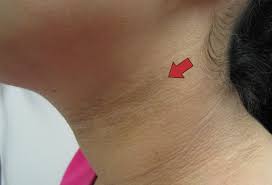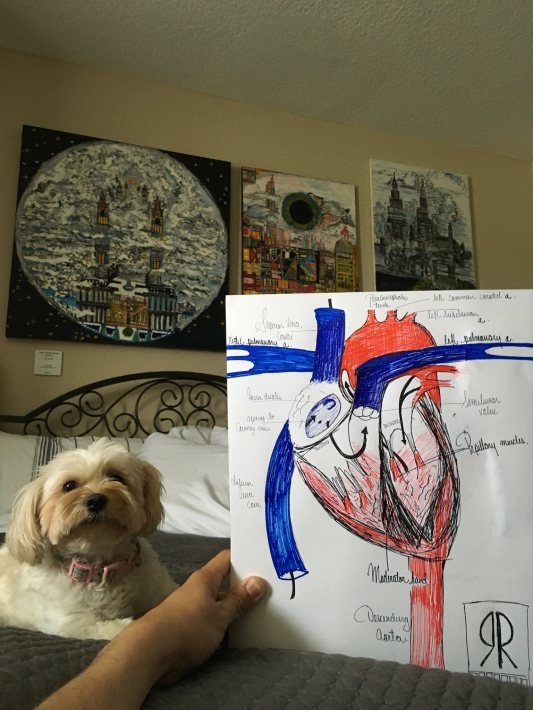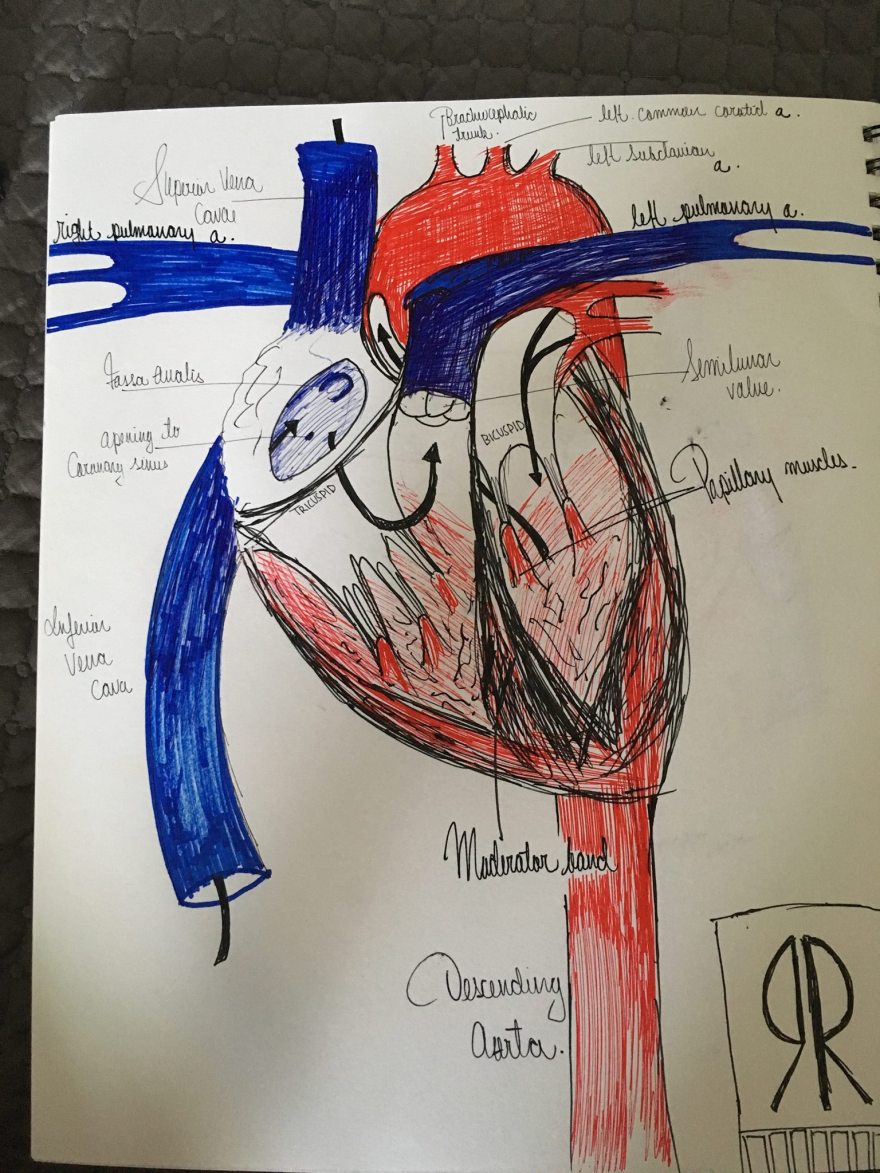I haven’t been keeping up with my blog. But I do see people periodically checking my pages and archives… so maybe y’all are liking my content?
I’ll try to post more often!
Here’s my favorite picture from my trip to Venice in December.

"Your body is a temple, but only if you treat it as one.” ~Astrid Alauda
I haven’t been keeping up with my blog. But I do see people periodically checking my pages and archives… so maybe y’all are liking my content?
I’ll try to post more often!
Here’s my favorite picture from my trip to Venice in December.

It is estimated that 30-40% of cancers are thought to be preventable by lifestyle or nutritional changes, so its no surprise that whatever we invest or consume has a great effect on our health. (Donaldson 2004)
The best type of medicine is food, and the best type of treatment is prevention. We live in a society that stigmatizes food, labeling it as “bad” or “good” when in reality this dichotomy does more harm than good as it narrows down options to people without good concept of nutrition.
If our body is able to absorb nutrients from it, its is food and should be treated as such. Pizza can be labeled as “bad” but for someone with a caloric deficit pizza can be the perfect meal to reach their caloric goals. Hydrogenated oils and saturated fats are the most harmful constituents of food, and these should for the most part be kept to a minimum. But all others can be added to a diet in small, VARIED amounts through the week.
I think the main problem is people don’t know what to eat, and HOW MUCH OF IT to eat.
In fact, we have a big epidemic in the US of people not realizing their bagged candy has 3 servings before eating it all.
Its so important to read how many servings there are per container, and you’d be surprised how much more you’re consuming.
The key to a healthy diet really is a little bit of everything. Enjoy your ice cream, but keep in mind how much of it to eat.
Keeping in mind what you’re putting into your body is so important in having a healthy life, so remember that before you sit down in front of a platter of fried pork skin. You can eat it, but balance out all the fat you just ate by eating something low in fat, high in fiber like a salad. Nutritional changes, along with cessation of smoking and exercise are key to good health.

Being that weight management is a very real issue to a large number of Americans, we should not only to lose the weight but also to “get to the root of it” and treat things in a preventative measure. Given that 28% of people living with diabetes are undiagnosed, the sooner we know this the less likely they will face more difficult treatments. (CDC 2014) I thought diabetes was a hidden disease, but I was kind of amazed to know there is an INDICATOR or insulin resistance that could lead to Type II diabetes.
 Acanthosis Nigricans (AN) can be present in people that have developed insulin resistance. Resistance in the long run causes your cells to not be able to take up glucose, leading to type II diabetes. AN is a condition that in multiple studies is shown to be an indicator of diabetes risk-factors. This shows as a dark, “dirty” looking spot along the folds of the back of the neck, armpits and groin. (Koh 2016)(Bahadursingh 2014) (Kong 2010) (Harding 2006)
Acanthosis Nigricans (AN) can be present in people that have developed insulin resistance. Resistance in the long run causes your cells to not be able to take up glucose, leading to type II diabetes. AN is a condition that in multiple studies is shown to be an indicator of diabetes risk-factors. This shows as a dark, “dirty” looking spot along the folds of the back of the neck, armpits and groin. (Koh 2016)(Bahadursingh 2014) (Kong 2010) (Harding 2006)
Diabetes is a common chronic condition that can affect every vessel of your body. The sooner we know that someone is DIABETIC or PREDIABETIC the sooner we can start treatment. The best way to screen for Type II diabetes in my opinion is the A1C test, although there are other ways. It takes the average blood glucose count of your red blood cells for the past 100-120 days you compare it to a chart that informs you where you fall in the diabetic spectrum. (Click here on some more information about the test)



There are other causes for AN including genetic, endocrine and rare types of cancers. Acanthosis Nigricans is NOT a definite sign to diabetes, rather it raises the question of when your last A1C or average blood glucose level count was. And if you’re like lolwut then get it checked!
 Have you always wanted a heart to put on your wall? maybe you know a doctor with an empty wall and you want to get them a piece of art? Nows your chance.
Have you always wanted a heart to put on your wall? maybe you know a doctor with an empty wall and you want to get them a piece of art? Nows your chance.
I can make it in watercolor, pen or color pencil on heavy watercolor paper.
I will only make 8 of these!
11×17 in. Edition size 8. $35 + shipping (USA only for now)

Started during times of rationing for the world wars, victory gardens rose up as a way of making produce locally available in communities. Tomatoes, potatoes, eggplants, squash, onions, and just about any other herbs that can easily be grown was. And what a beautiful thing it was! 
In todays food-driven society it is crazy how prevalent food scarcity is. According to World Hunger Education Services 12.7% of people in the US face food insecurity, and we are slowly trying to get to pre-2007 levels of 11%. WH Education Services (2015) Food deserts have risen in low-income neighborhoods of urban cities, where accessibility to fresh produce and accessibility to a car is low. Food deserts take a large toll on the local community’s health, not only are the people living in these areas showing higher rates of obesity and diabetes. American College of Cardiology (2011)
Amongst other things, LIMITED ACCESS TO HEALTHY FOODS and lack of access to care are some of the main reasons for these low health outcomes, but looking at the greater spectrum I believe these “food deserts” help drive up the cost of health-care due to increase in hospital visits in populations prone to chronic diseases, and increased length of hospital and increased difficulty of treatment if it is started too late.
The craziest thing to me though is how close they can be to home. In the interactive map provided by the US Department of Agriculture (2015) you can find food deserts in your area. Masashi et al (2017) talk about the benefits of gardening and how they are globally seen in communities and cultures through the world and I want people to be aware of the hunger issue in our country. To see how close it is to home, and to understand that we need to come together as a society to address food insecurity.
So what can you do?
I’d love for you to start your own project. A garden or sunny balcony and pick a few plants and try it out. Growing your vegetables can be a wonderful learning experience for your children, and they can learn to love to eat the veggies they grew. You can also try reaching out to the community and see if THEY want to build a garden. Inspired by my previous blog article on Vitamin D Juan Camilo Rivera (2017) and its effects of Calcium absorption I went to an elderly home in Orlando for just that! And 2 days later they called me interested in having this garden made for them!
I am so excited to help my local community, and improving public health for the elderly population of Orlando and would LOVE to be able to expand this to other elderly communities. Making fresh produce available to them, and reducing the size of the food deserts afflicting our community.
So as you probably know I will never know of this firsthand as a man, however study shows that this is not only a great bonding experience between the mother and her newborn but it comes with many added benefits to the baby.

If I haven’t convinced you yet, I’m sure you can find many more scholarly articles on this. Sure formula can provide for the baby as well, but with breastmilk you do not need to worry about how much formula/water to add, or the temperature of the milk. It is NATURES PERFECT FOOD for your child.
Heres an interesting fact I found while writing this: Contrary to what I had thought, children younger than 6 months SHOULD NOT be given water. This will cause them to feel full so when given milk they will drink less, causing a lack of nutrients and calories from breastmilk or formula leading to malnutrition. WHO (2014) This can also lead to dilutional hyponatremia (yikes) meaning low sodium levels in the child due to too much water in their body. Giving as little as 8 oz (or about 236 ml) A DAY in addition to breastmilk or formula in the long-term can be terrible for the health of an infant and even fatal. In fact, in developing countries it is asked of mother by WHO to breastfeed their infants instead of giving them water-mixed formula. The water used could be laced with bacteria or diseases causing severe diarrhea on the infant. As a child grows older they can be given water little by little, along with slowly introducing soft, mushy foods. Breastmilk or formula will provide the exact amount of water needed for a baby up until about 6 months of age.
Anyways, hope you can share this article with any future mothers that are wondering if they should start nursing!
We all know it is important to meet your daily needs for all of the vitamins and minerals, and whenever possible these should be rated from foods rather than supplementation (pills and powders.) Calcium, amongst many other minerals is key to prevention of bone loss and osteoporosis as a person ages.

Calcium is key as bones and teeth are made of the substance, and eating calcium early on is key to a long and healthy bone-life. Good sources of calcium are dairy products, but you can also eat collard greens, turnip, arugula, kale, spinach, okra, mustard greens, or any other DARK LEAFY green. Fortified orange juice will also be a good source of Calcium. Sardines are an excellent source of Calcium, however you must be careful to eat sardines WITH BONES. The bones in the sardines are small enough you won’t notice them, and it can easily  account for 20% of your daily recommended value of Calcium.
account for 20% of your daily recommended value of Calcium.
Want to keep your bones strong?
Drink your milk every morning (30% of daily value) or eat plenty of dark leafy greens or sardines. Find your favorite source of calcium and find ways to incorporate it in your diet! But along with what you  eat, the SUN can have tremendous impacts on how your body absorbs calcium. According to a report from Harvard Medical School, 5-30 min walk twice a week is enough for your body to make Vitamin D from skin exposure. However they do warn of prolonged exposure to the sun as a cause for skin cancer. Harvard Health
eat, the SUN can have tremendous impacts on how your body absorbs calcium. According to a report from Harvard Medical School, 5-30 min walk twice a week is enough for your body to make Vitamin D from skin exposure. However they do warn of prolonged exposure to the sun as a cause for skin cancer. Harvard Health
It’s interesting to note that about 95% of Vitamin D production is halted when SPF 15< sunscreen is applied before exposure, so what I would suggest is being outside for 10-15 mins, and if you’re staying out in the sun even longer whip out the sunscreen.